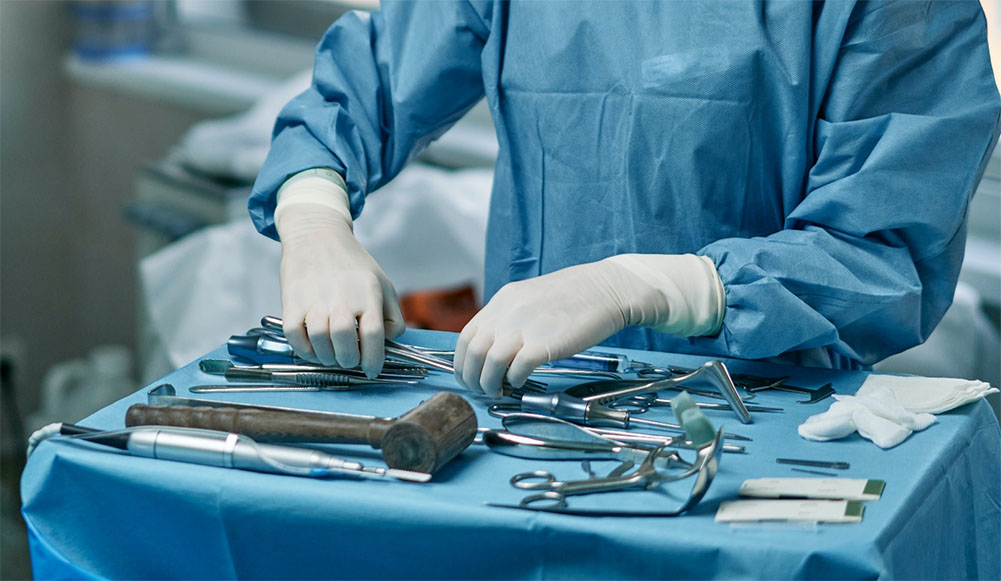Explore the latest designs and materials in fixed prosthetics for edentulous patients, enhancing functionality, aesthetics, and patient satisfaction.




In recent years, with the increasing demands of edentulous patients and the introduction of new materials and technologies, clinicians often face challenges in selecting appropriate restoration methods. Implant-supported fixed dentures offer high chewing efficiency, convenience, and patient satisfaction. They are typically used when patients have sufficient bone volume, a well-rounded alveolar ridge, normal occlusal relationships, an interarch distance of 11-13 mm, good overall health, and high aesthetic demands.

Although implant-supported fixed restorations have high success rates for both implants and prosthetics, complications such as resin tooth fractures, porcelain chipping, poor gingival aesthetics, and framework fractures can still occur. Therefore, the design and material selection of the superstructure significantly impact the long-term success, masticatory function recovery, and aesthetics of the restoration.
Selecting the most suitable personalized edentulous implant restoration design based on the patient's oral conditions and needs is crucial in the treatment process.
This article reviews the design of the superstructure for edentulous implant-supported fixed dentures.
1.1 Based on Superstructure Connection
Segmented Prosthesis:
Easier to adjust or repair and simplifies lab procedures.
Passive fit is easier to achieve.
Requires more implants: 8-10 in the maxilla and 6-8 in the mandible.
Monolithic Fixed Prosthesis:
Connects the superstructure into a single framework.
Suitable for less ideal implant distribution, short implants, or needing gingival porcelain.
Requires 4-6 implants per arch.
Higher precision in achieving passive fit.
1.2 Based on Retention Method
Cement-Retained Fixed Implant Restoration:
Uses cement to fix the superstructure to the abutments.
Patients cannot remove it.
Easier to achieve passive fit but may leave cement residues, increasing the risk of peri-implantitis.
Screw-Retained Fixed Implant Restoration:
Uses screws to attach the superstructure to the abutments.
Patients cannot remove it.
Avoids cement residue but requires high precision and may have issues like screw loosening.
1.3 Based on Superstructure Characteristics
Traditional Base Fixed Implant Restoration:
Similar to traditional fixed dentures.
Suitable for patients with sufficient bone volume and favorable occlusal relationships.
Can use metal or zirconia-based porcelain restorations.
Composite Base Fixed Implant Restoration:
Incorporates pink gingival porcelain or resin to restore soft and hard tissue loss.
Suitable for cases with significant bone resorption not opting for bone augmentation surgery.
2.1 Quality and Quantity of Oral Soft and Hard Tissues and Occlusal Relationships
Low Bone Resorption: Traditional metal or zirconia-based porcelain restorations can be used.
High Bone Resorption: Use pink gingival porcelain or resin to restore soft and hard tissues.
2.2 Material Strength, Aesthetics, and Biocompatibility
Common Materials: Include metal-ceramic, metal-plastic, full zirconia, and resin (ceramized resin, polyceramic).
Metal-Ceramic: Good mechanical properties but poor translucency and may cause gingival discoloration.
Full Zirconia: Excellent mechanical, chemical properties, and biocompatibility.
Polyceramic: Combines the best properties of ceramics and resin.
2.3 Mechanical Properties of the Superstructure Design
Adequate Interarch Distance and Bone Volume: Metal-ceramic restorations are ideal.
High Occlusal Force and Large Interarch Distance: Metal-plastic restorations can be used.
Severe Ridge Resorption and Large Interarch Distance: Implant overdentures are recommended.
2.4 Patient Expectations and Economic Conditions
Fixed implant restorations require multiple implants and can be costly, especially with advanced materials like full ceramic or CAD/CAM titanium or zirconia frameworks.
3.1 Metal-Ceramic Crowns and Bridges
Suitable for patients with favorable occlusal relationships and no soft tissue defects.
High mechanical strength and natural aesthetics.
Potential issues include gingival discoloration and allergic reactions to metals.
3.2 Metal-Plastic Composite Restorations
Suitable for patients with significant bone resorption and large interarch distances.
Lightweight and aesthetic but lower strength and more frequent maintenance required.
3.3 Zirconia Restorations
Increasingly used due to excellent mechanical properties and biocompatibility.
Full zirconia restorations are highly precise and aesthetically pleasing.
Potential issues include framework fractures and porcelain chipping.
3.4 Combined Framework with Cemented Crowns
Combines metal or zirconia frameworks with cemented single crowns.
Advantages include high chewing efficiency and ease of repair.
Technically demanding and costly.
Evaluating chewing function, aesthetics, comfort, and patient psychological health, full-arch fixed implant-supported restorations are high-quality solutions for edentulous patients. Each method has its indications and limitations. Clinicians should choose the most suitable personalized restoration plan based on the patient's oral conditions and preferences. With the continuous development of new materials and technologies, flexibility in using various materials and digital technology is essential for successful restorations.